In industrial process control and safety systems, proper configuration of alarm and interlock setpoints is crucial for ensuring operational safety, equipment protection, and efficient production. A common design principle is that alarm setpoints should be set lower than interlock setpoints to provide early warning before automatic protective actions occur. However, is it always unreasonable for an interlock setpoint to be lower than an alarm setpoint? The answer is not necessarily. In certain scenarios, this configuration can be justified and even necessary. This article explores the logic behind alarm and interlock settings and under what circumstances an interlock setpoint lower than an alarm setpoint can be reasonable.
Understanding Alarm and Interlock Setpoints
Alarm Setpoint:
An alarm setpoint is a predefined threshold that, when exceeded, triggers an alarm to alert operators of abnormal conditions. Alarms serve as early warnings, prompting human intervention to correct or mitigate potential issues. However, they do not automatically intervene in the process.
Interlock Setpoint:
An interlock setpoint, on the other hand, is a critical threshold that, when reached, automatically initiates safety actions to prevent hazardous situations or equipment damage. This could involve shutting down machinery, activating safety systems, or isolating process units without human input.
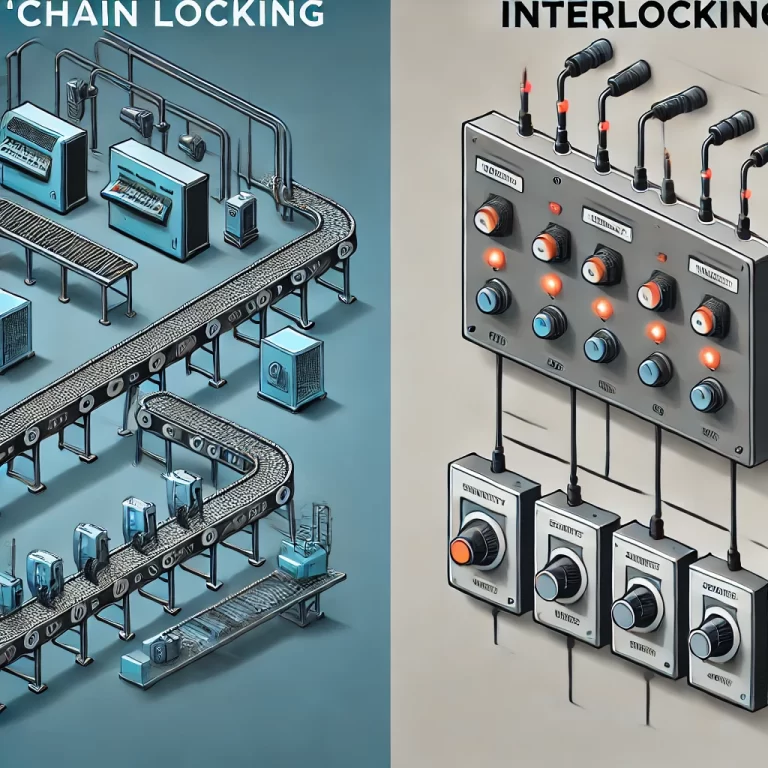
Standard Configuration: Alarm Before Interlock
In most industrial systems, the alarm setpoint is typically configured to be lower than the interlock setpoint. This approach is widely adopted because it offers the following advantages:
- Early Warning and Response: Operators receive alerts before the system reaches a critical state, allowing them to take corrective actions.
- Prevention of Unnecessary Shutdowns: Small process fluctuations trigger alarms without causing immediate shutdowns, ensuring smoother operations.
- Operational Flexibility: Operators have the opportunity to analyze and address issues without disrupting production.
For example, in a boiler pressure control system:
- High Pressure Alarm Setpoint: 85% of the maximum pressure limit → triggers a warning.
- High Pressure Interlock Setpoint: 95% of the maximum pressure limit → initiates automatic shutdown.
This setup ensures that operators have time to react before the system takes drastic protective actions.
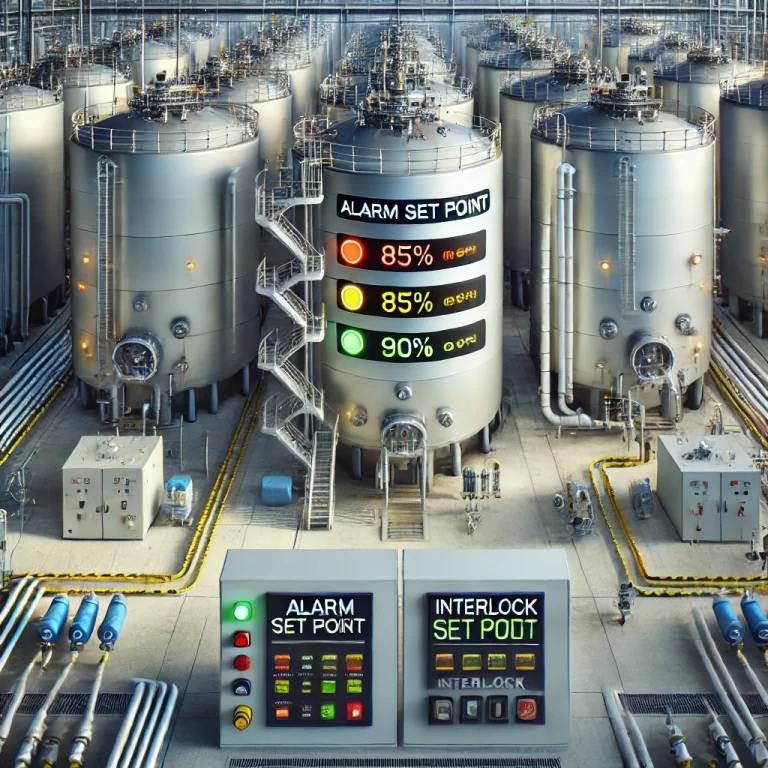
When an Interlock Setpoint Lower Than an Alarm Setpoint Is Justifiable
Although the typical practice is to set the alarm point lower than the interlock point, there are specific scenarios where the reverse can be justified and beneficial:
Immediate Risk Mitigation:
In processes with high-risk potential (e.g., handling flammable or toxic materials), immediate protective action may be required without waiting for human intervention. An interlock with a lower threshold ensures faster response to prevent catastrophic outcomes.- Example: In a chemical reactor with an exothermic reaction, a sudden temperature spike might automatically trigger a cooling system shutdown (interlock) before alarming the operator to prevent runaway reactions.
Critical Equipment Protection:
For sensitive or high-value equipment, it may be preferable to activate protective interlocks earlier than operator alerts. This design prioritizes equipment integrity over operational continuity.- Example: In turbine systems, vibration levels might trigger a shutdown (interlock) to avoid rotor damage, while the alarm is set higher to avoid nuisance alarms.
Process-Specific Requirements:
Some processes inherently require interlocks to engage at lower thresholds for safety compliance or operational standards. This is common in nuclear power, aerospace, and pharmaceutical industries where even slight deviations could be dangerous.- Example: In cleanroom environments, pressure differential interlocks might activate doors to seal a room before any alarm is issued to prevent contamination.
Fast-Acting Systems:
In systems that operate on rapid cycles or have fast-changing parameters, it may be impractical for operators to react in time. A lower interlock ensures automatic mitigation without relying on human response.- Example: High-speed compressors may have an interlock to cut off power instantly when oil pressure drops, while the alarm notifies maintenance afterward.
Redundancy and Layered Protection:
In complex safety systems, multiple layers of protection are often implemented. A lower interlock setpoint might serve as the first automatic defense, followed by alarms for human intervention as a second layer.- Example: In gas detection systems, an interlock might shut down ventilation when a minor leak is detected, while alarms are triggered only at higher gas concentrations.
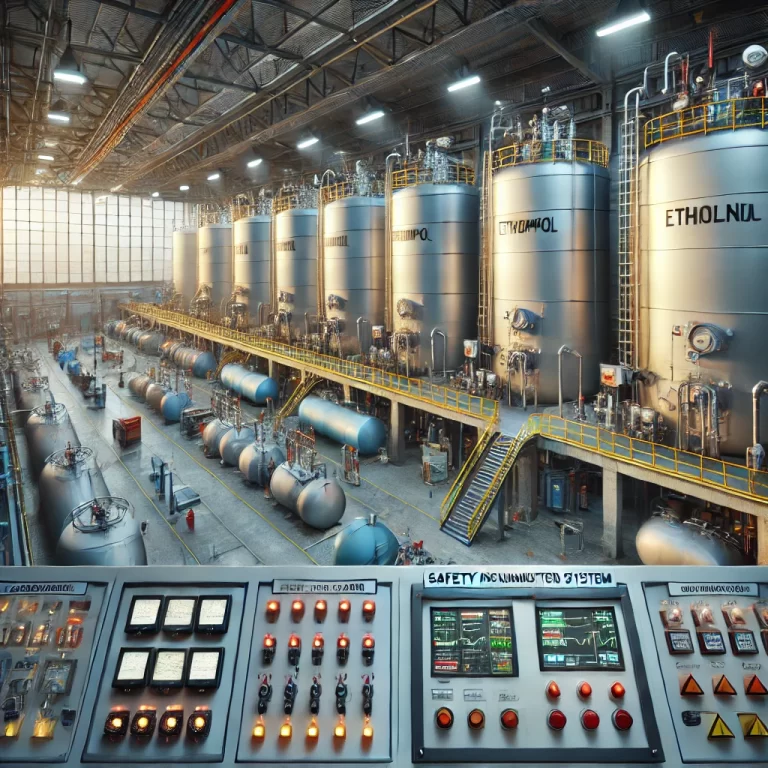
Potential Risks of Misconfiguration
If not carefully designed, configuring an interlock setpoint lower than an alarm setpoint can introduce operational risks, such as:
Delayed Operator Awareness:
Operators may only become aware of a problem after the system has already taken automated actions, reducing their ability to prevent or manage downtime.Frequent System Shutdowns:
Sensitive interlock triggers could lead to unnecessary shutdowns due to minor fluctuations, disrupting production and increasing wear on equipment.Operator Confusion:
Inconsistencies between alarm and interlock logic might confuse operators, potentially leading to slower or incorrect responses during emergencies.False Sense of Security:
Relying solely on interlocks without timely alarms could create a gap in the safety response, where operators are not engaged in the problem-solving process.
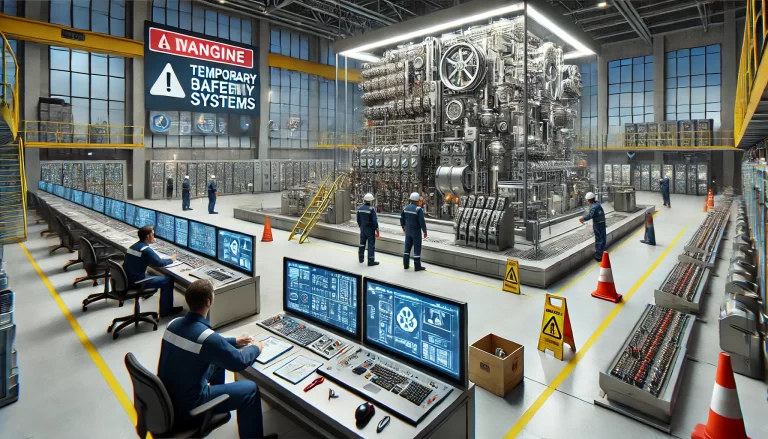
Best Practices for Setpoint Configuration
To ensure that alarm and interlock setpoints are optimally configured, consider the following best practices:
Risk Assessment:
Conduct thorough risk assessments to determine the appropriate setpoints based on process hazards, equipment sensitivity, and safety regulations.Layered Protection Strategy:
Implement a hierarchy of controls—alarms for early warning and interlocks for critical interventions—to provide comprehensive safety coverage.Operator Training:
Train operators to understand the system logic, including why certain interlocks may trigger before alarms.Regular Review and Testing:
Periodically review and test setpoints to ensure they align with current process conditions and safety standards.Documentation and Justification:
Clearly document and justify any non-standard configurations, such as interlocks being set lower than alarms, to support operational clarity and regulatory compliance.
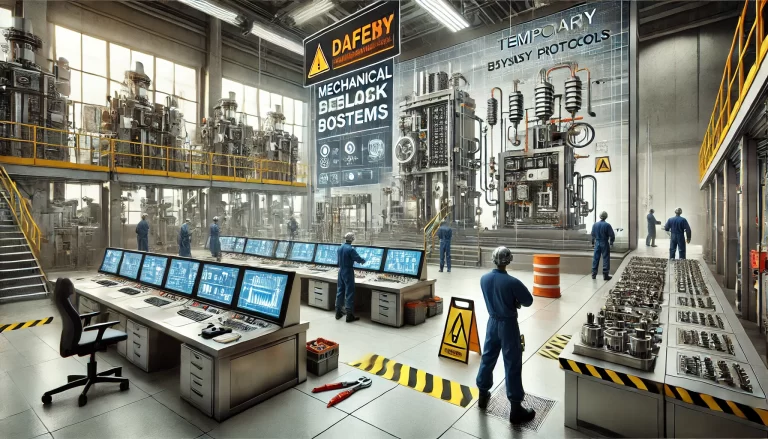
Conclusion
While it is common practice for alarm setpoints to be set lower than interlock setpoints, configuring an interlock setpoint below an alarm setpoint is not inherently unreasonable. In fact, in certain high-risk, fast-response, or critical equipment scenarios, this configuration can enhance safety and system performance. However, such setups must be carefully justified through risk analysis, properly documented, and integrated with operator awareness to prevent unintended consequences.
Ultimately, the key is to design alarm and interlock systems that balance proactive warnings with automatic protection, ensuring the highest level of safety and operational efficiency.
